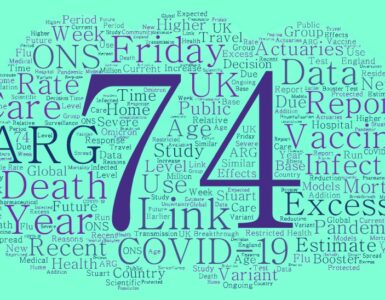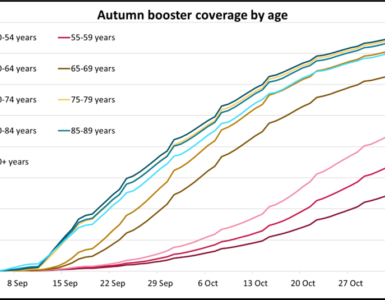Bulletin 7 | Joseph Lu
Fighting this COVID-19 pandemic requires a good grasp on how the virus spreads and impacts health care demand. This bulletin highlights some examples of how mathematical modelling has contributed to understanding this pandemic, “the health crisis of a generation”.
Slowing down the spread of the virus is central to international policies. A common measure for the spread of a disease is the average number of people who will catch it from one infectious person. This is the reproductive number, R. If R is greater than 1, then the disease is expected to spread. If R is less than 1, the disease will become extinct. This has been used to define policy objectives. For example whether the policies aim to reduce R to a lower level, but above 1, to slow transmission. Or to aim to reduce R to below 1 to end the epidemic (Ferguson et al., 2020).
At the start of a new outbreak, there will be much interest on R in an environment when the whole population is susceptible to the new infectious agent. This is the basic reproductive number R0. The higher the R0 above 1, the faster the disease can spread.















